What do astronomers see through telescopes?
When we look at astronomical objects such as stars and galaxies,
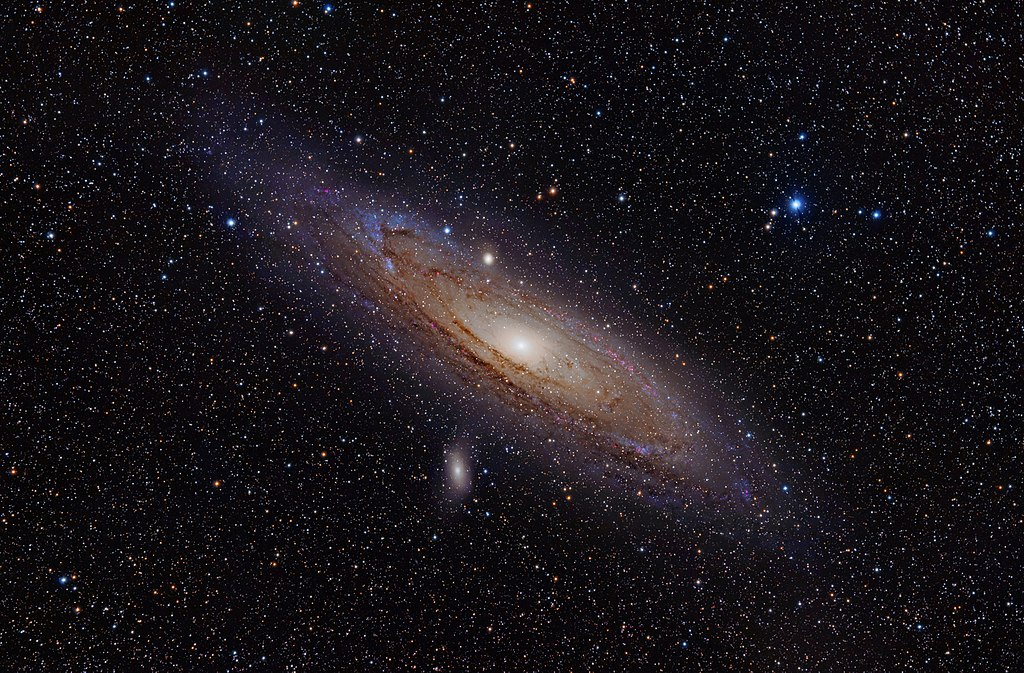 Adam Evans — M31, the Andromeda Galaxy (now with h-alpha) Uploaded by NotFromUtrecht
Adam Evans — M31, the Andromeda Galaxy (now with h-alpha) Uploaded by NotFromUtrecht
If it had ceased to exist 1 million years ago, earthlings would not have known about it soon.If Earthlings want to see the galaxy as it is now, they will have to wait and look again for 2.5 million yearsinto the future.
What is light like?
Visible light—the light that human eyes perceive— comes in a variety of colors.Its color is determined by a wavelength of 400 to 700 nm, which corresponds to Electromagnetic radiation with wavelengths shorter than 400 nm or longer than 700 nm surroundsThe full range of electromagnetic radiation or the electromagnetic spectrumis shown in the figure below.
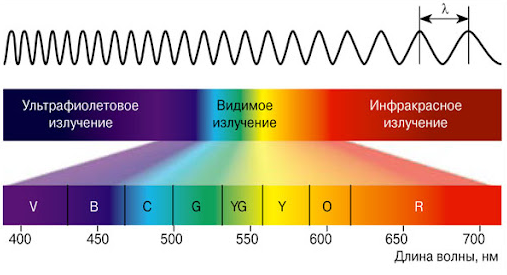
In general, the variety of electromagnetic waves is so high that people can be considered almost blind. This is especially noticeable when you compare the visible spectrum with everything else.
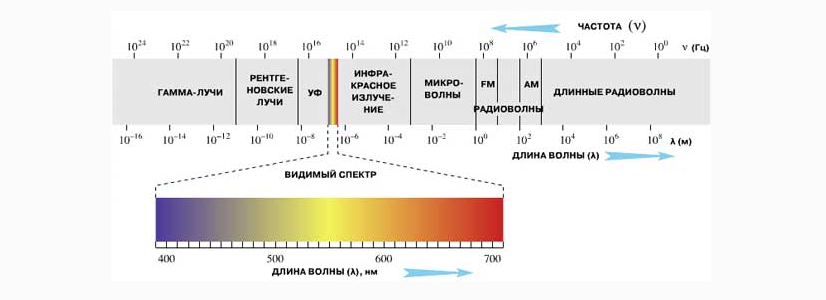
Visible light is part of the electromagnetic spectrum, which ranges from very short wavelength gamma rays to very long radio waves.
How do the stars actually shine in the light?
Like the Sun, each star emits light over a wide range of wavelengths, throughout the visible spectrum, and even beyond .Astronomers can learn a lot by studying the details of a star's light spectrum.
Some very hot stars emit light in ultraviolet wavelengths (mostly), while some very cool stars emit light in the infrared.There are very hot objects that emit X-rays and even gamma rays. In fact, many of the objects that astronomers are most interested in today cannot see even with the naked eye.Scientists use telescopes to detect the faint light of distant objects and see objects with wavelengths across the entire electromagnetic spectrum. Suitable for different purposesThe same space objects in them canlook different.
So what types of telescopes are there?
Optical telescopes and visible light
Humans have been making and using lenses to magnify objects for thousands of years.However, the first true telescopes appeared in Europe at the end of the 16th century, using a combination of two lenses to make distant objects appear closer and larger.The term "telescope" was coined by the Italian scientist and mathematician Galileo Galilei, who built the first telescope in 1608 and subsequently made many improvements to its design.

Telescopes based on the refraction or bending of light by lenses are called refracting telescopes or simply refractors.Many of the smaller telescopes used by amateur astronomers today are refractors.They are especially good for observing objects in the solar system, such as the surface of the Moon or the rings of Saturn.

The world's largest refractive telescope is located at the Yerkes Observatory of the University of Chicago in Wisconsin and was built in 1897. The diameter of its largest lens is 102 cm.
Radio telescopes
The largest optical telescopes in the world are reflectors and collect visible light.And the world's largest telescopes are designed to collect radio wavelengths — light at longer wavelengths.Such radio telescopes are very similar to satellite dishes.
The largest telescope in the world was locatedat the Arecibo Observatory in Puerto Rico before it collapsed last year. It was located in a natural sinkhole that was formed when water flowing underground dissolved limestone rock. Since the telescope was installed on the ground, it could not be pointed at different parts of the sky. He observes only that part of the sky that was currently above him.
 Andromeda Galaxy in a radio telescope
Andromeda Galaxy in a radio telescope
Now in Chile on Mount ArmazonesAn astronomical observatory is being built, the main instrument of which will be the Extremely Large Telescope with a segment mirror with a diameter of 39.3 m. It consists of 798 hexagonal segments with a diameter of 1.4 meters each.
The mirror will collect 15 times more light,than any of the telescopes in existence today. The telescope will be equipped with a unique adaptive optical system of 5 mirrors, which is able to compensate for the turbulence of the earth's atmosphere and will make it possible to obtain images with a greater degree of detail than the Hubble Orbital Telescope.
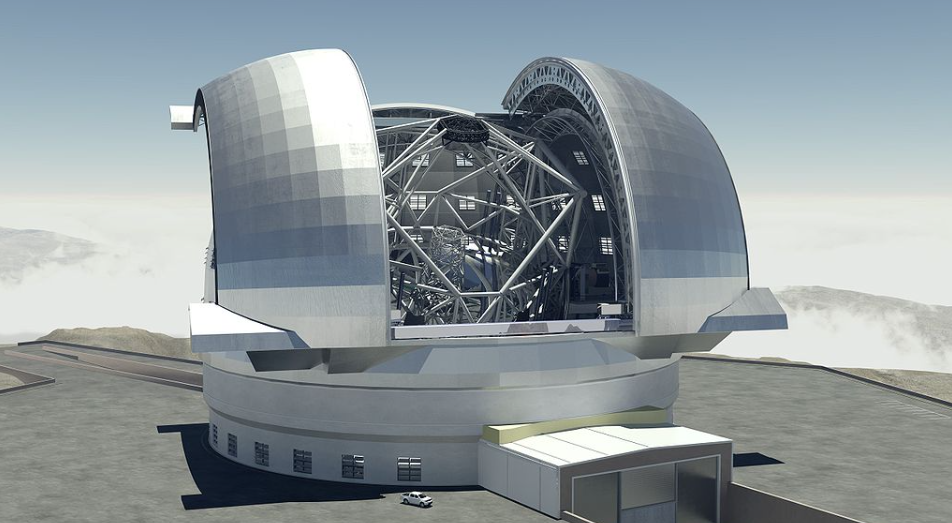 Swinburne Astronomy Productions/ESO — ESO
Swinburne Astronomy Productions/ESO — ESO
The largest cluster of radio telescopes - VLA(Very Large Array, Very Large Antenna Array) - located in the state of New Mexico (USA). These are 27 radio telescopes that work as a single multi-vibrator complex antenna (antenna array). Radio telescope antennas are 25 meters in diameter.
Space telescopes: NASA's great observatories
All telescopes on Earth have onea significant limitation: the electromagnetic radiation they collect passes through the planet's atmosphere. The atmosphere blocks part of the radiation in the infrared part of the spectrum and almost all radiation in the ultraviolet and higher frequency ranges. In addition, movement in the atmosphere distorts light. Because of this distortion, stars twinkle in the night sky.
 Andromeda in UV light
Andromeda in UV light
To minimize these problems, manyobservatories are built at higher elevations, where there is less atmosphere above the telescope. However, the best solution is to use space telescopes that orbit outside the Earth's atmosphere in space. They are equipped with instruments for observing objects that emit various types of electromagnetic radiation - visible, infrared or ultraviolet light; as well as X-ray and gamma radiation.
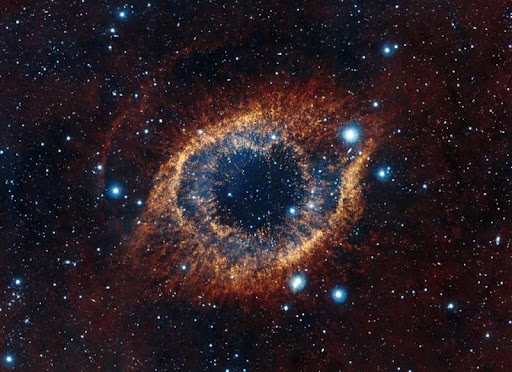 Snail nebula in infrared light
Snail nebula in infrared light
NASA engineers and scientists have created and launched four large observatories into Earth orbit to observe the Universe in different bands of the electromagnetic spectrum.
The Hubble Space Telescope may be the most...famous space telescope. It orbits the Earth at an altitude of 589 km and collects data in the visible, infrared and ultraviolet wavelengths.
To study the gamma rays of the Universe, NASA createdCompton Gamma Ray Observatory. It is the second of NASA's "Great Observatories" after the Hubble Telescope. The observatory is named after Arthur Compton, Nobel Prize winner in physics. It was launched on the space shuttle Atlantis in 1991, and the observatory operated until June 4, 2000.
 Helix Nebula in UV light
Helix Nebula in UV light
The Chandra X-ray Observatory telescopes use special optics to observe distant objects in the X-ray spectrum. It was launched in 1999.
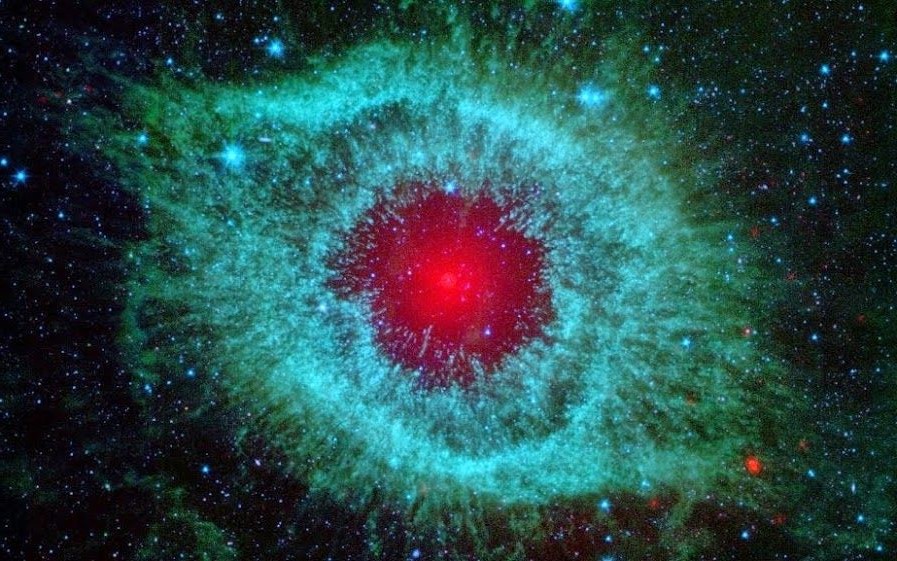 The Helix Nebula in X-ray Light
The Helix Nebula in X-ray Light
The last of the four "Great"observatories" - the Spitzer Space Infrared Telescope. It was launched into orbit on August 25, 2003, at the time of its launch Spitzer was the largest infrared telescope in the world. In 2009, its coolant supply ran out, but the telescope remained partially operational. On January 30, 2020, the mission was completed, and the scientific equipment was transferred to hibernation mode.
To read Further
The most detailed model of the Universe has been published online. Anyone can study it
Physicists come close to discovering the fifth force while creating perfect crystals
Physicists have cooled atoms to the lowest temperature in the world